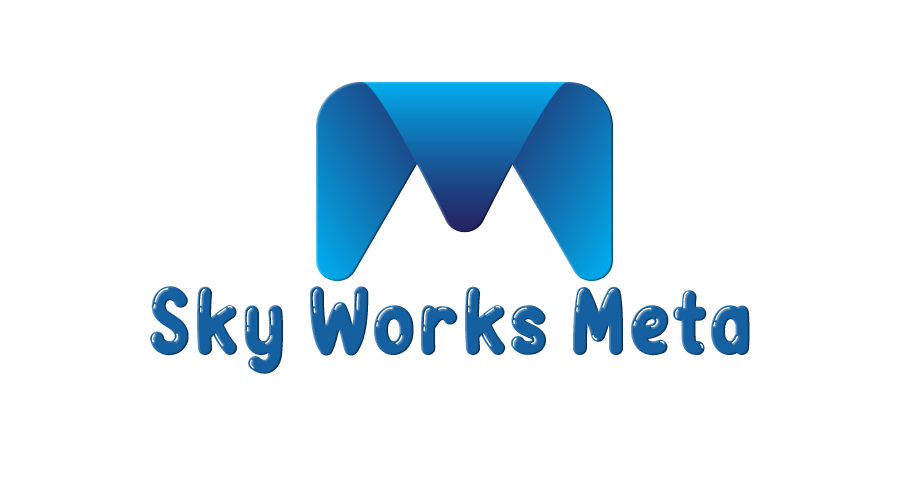In the world of real estate, 1031 exchange rules are like that hidden treasure chest filled with tax benefits, waiting to be discovered by savvy investors. If you’re not already familiar with this intriguing concept, don’t fret!
In this guide, we’ll embark on a journey through six essential steps to help you unlock the secrets of 1031 exchange rules.
Step 1: What on Earth is a 1031 Exchange?
Before diving headfirst into the rules, let’s start with the basics. 1031 exchange rules, also known as a like-kind exchange, is a tax-deferral strategy that allows real estate investors to swap one investment property for another without incurring immediate capital gains tax.
In essence, it’s a nifty way to keep your hard-earned profits right where they belong—working for you.
Step 2: Eligibility and Timing
Now that you know what a 1031 exchange is, the next step is understanding who can participate and when. Only real estate held for investment or business purposes qualifies. Primary residences and vacation homes don’t make the cut.
Furthermore, timing is crucial. You have 45 days from the sale of your relinquished property to identify a potential replacement property and a total of 180 days to complete the exchange. Missing these deadlines is a surefire way to lose out on those sweet tax benefits.
Step 3: The Role of Qualified Intermediaries
You can’t simply hand over one property for another and call it a 1031 exchange. Enter the qualified intermediary (QI). These professionals act as middlemen to facilitate the exchange, ensuring compliance with 1031 exchange rules.
They’ll hold your funds in escrow and oversee the entire transaction, making the process smoother than you’d ever imagine.
Step 4: Finding the Perfect Replacement Property
Once you’ve initiated the exchange, it’s time to hunt for your dream replacement property. Remember, the IRS has specific requirements regarding like-kind properties. While this doesn’t mean you have to swap a residential property for another residential property, it does mean your properties should be of similar nature and use.
For example, you can’t exchange a gas station for a luxury condo, as they serve entirely different purposes.
Step 5: Handling Cash Boot
In a perfect world, your 1031 exchange would involve an exact one-to-one swap of properties. However, reality often brings a little cash into the mix. This is called “cash boot,” and it can result from disparities in property values or mortgages.
While cash boot isn’t necessarily a deal-breaker, it may be subject to capital gains tax. Keeping an eye on the 1031 exchange rules can help you minimize your tax liability in such scenarios.
Step 6: Completing the Exchange and Reporting to the IRS
Finally, as the 180-day mark approaches, it’s time to complete the exchange. Your QI will transfer the funds from the sale of your relinquished property to the purchase of your replacement property.
Once the exchange is finalized, it’s crucial to report it to the IRS by filing Form 8824 with your tax return for the year in which the exchange occurred. This way, you’ll stay in their good graces and continue enjoying those tax-deferral benefits.
Conclusion
In conclusion, 1031 exchange rules can be a game-changer for real estate investors seeking to optimize their tax strategy. By following these six steps, you’ll be well on your way to mastering the art of like-kind exchanges and reaping the rewards of tax-deferred growth.

